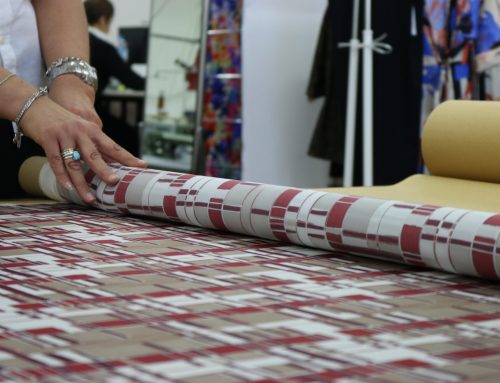
Wool, a natural fiber derived from the fleece of various animals, has stood the test of time as a cherished material in the realm of textiles. Its extraordinary characteristics not only contribute to its timeless appeal but also make it a versatile and sought-after choice in a variety of applications. Let’s delve into the remarkable features that set wool apart.
1. Exceptional Thermal Insulation:
One of wool’s most celebrated qualities is its unparalleled ability to provide superior thermal insulation. The fine fibers of wool possess a unique structure that traps air, creating an insulating layer that effectively retains body heat. This natural warmth makes wool an ideal choice for winter garments, ensuring both comfort and style.
2. Moisture-Wicking Mastery:
Wool boasts excellent moisture-wicking properties, making it an outstanding moisture regulator. The fibers can absorb a significant amount of water without feeling damp, keeping the body dry and comfortable. This characteristic makes wool garments suitable for both cold and warm climates, offering a breathable and adaptable solution.
3. Strength and Resilience:
The fibers of wool exhibit remarkable strength and elasticity, allowing the fabric to return to its original shape after being stretched or compressed. This inherent resilience contributes to the exceptional durability of wool, ensuring that garments withstand the test of time and maintain their integrity even with regular use.
4. Natural Water Repellency:
Wool possesses a subtle natural water repellency, effectively repelling water and providing protection against light splashes or humidity. This feature adds a practical dimension to woolen garments, making them suitable for various weather conditions.
5. Antibacterial and Antimicrobial Properties:
Wool is naturally equipped with antibacterial and antimicrobial properties, acting as a natural deterrent to odor-causing bacteria. This makes wool an excellent choice for intimate apparel and activewear, ensuring freshness and hygiene even during extended wear.
6. Fire Resistance and Safety:
Another distinguishing trait of wool is its natural resistance to fire. Unlike some synthetic fibers, wool burns slowly and produces minimal toxic smoke, enhancing safety in various applications.
7. Biodegradability and Sustainability:
The biodegradability of wool is often overlooked but holds significant environmental value. As a natural material, wool decomposes over time, reducing its ecological footprint compared to synthetic alternatives. This aligns wool with sustainability principles, making it a conscientious choice for eco-minded consumers.
In conclusion, wool encapsulates a unique blend of functional performance, aesthetic appeal, and sustainability. From its ability to regulate body temperature to its intrinsic strength and enduring legacy in the textile industry, wool continues to prove why it is considered one of the most cherished and versatile fibers worldwide. As we embrace the rich heritage and modern relevance of wool, it remains a testament to the enduring beauty of nature’s offerings.
Do you have your own project and want to create wool garments?
Crea-Si can assist you with over thirty years of experience in creating clothing from various fabrics.
Contact us for more information or to present your project!





